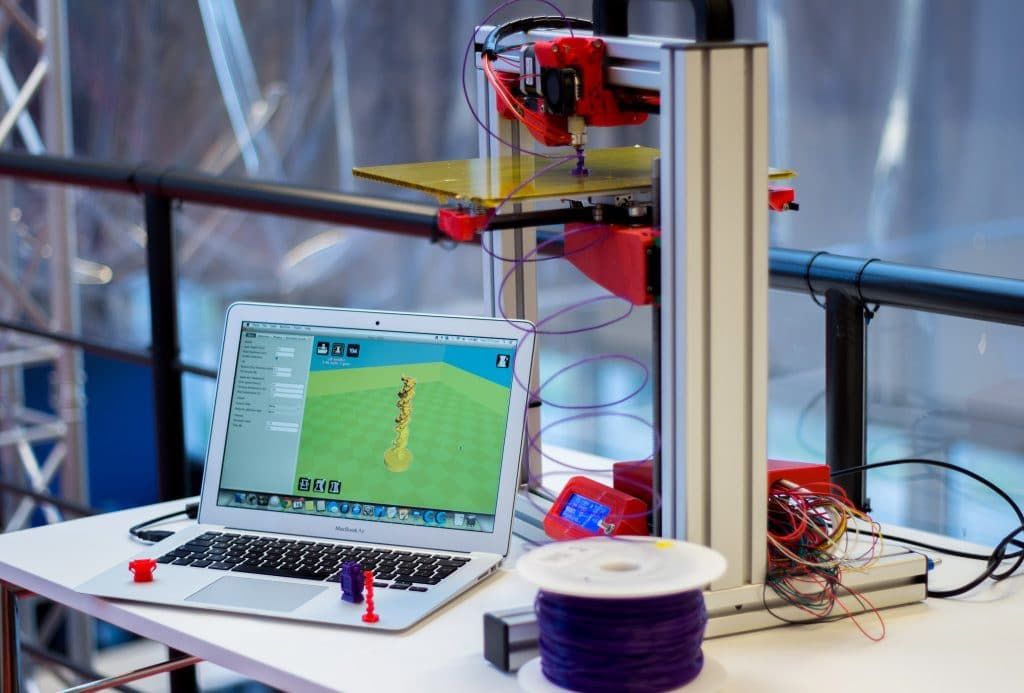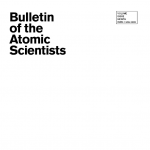Internet of nuclear things: Managing the proliferation risks of 3-D printing technology
By Wyatt Hoffman, Tristan A. Volpe | March 4, 2018
 disruptive technologies - 3D printer
disruptive technologies - 3D printer
Over the next decade, the spread and maturation of additive manufacturing could challenge major control mechanisms for inhibiting nuclear proliferation. At the same time, the cyber-physical nature of this production technology creates the potential for the emergence of an Internet of Nuclear Things, which could be harnessed to increase the information visibility of dual-use activities in civil nuclear programs. This new capability could offer unique opportunities to mitigate proliferation risks and augment traditional methods of regulating and monitoring sensitive nuclear technologies. But barriers stand in the way of leveraging an Internet of Nuclear Things – notably, political issues related to information access and integrity. As additive manufacturing technology matures, government and industry stakeholders should adopt a strategic approach toward an evolving Internet of Nuclear Things – an approach that would include principles to encourage transparency within the Internet of Nuclear Things and ensure the integrity of the information it produces. Read this free-access article in the March/April digital Journal.
Together, we make the world safer.
The Bulletin elevates expert voices above the noise. But as an independent nonprofit organization, our operations depend on the support of readers like you. Help us continue to deliver quality journalism that holds leaders accountable. Your support of our work at any level is important. In return, we promise our coverage will be understandable, influential, vigilant, solution-oriented, and fair-minded. Together we can make a difference.















